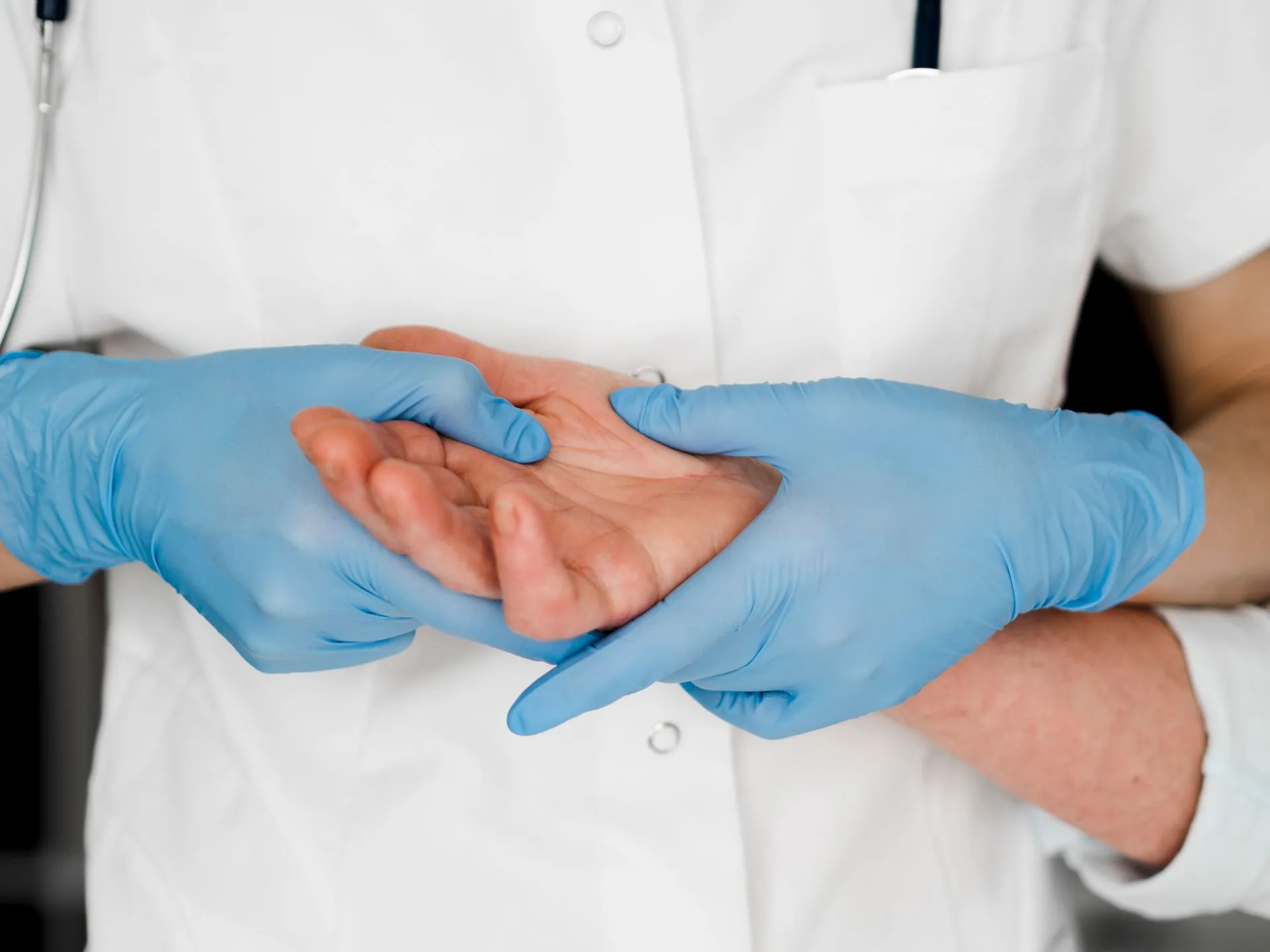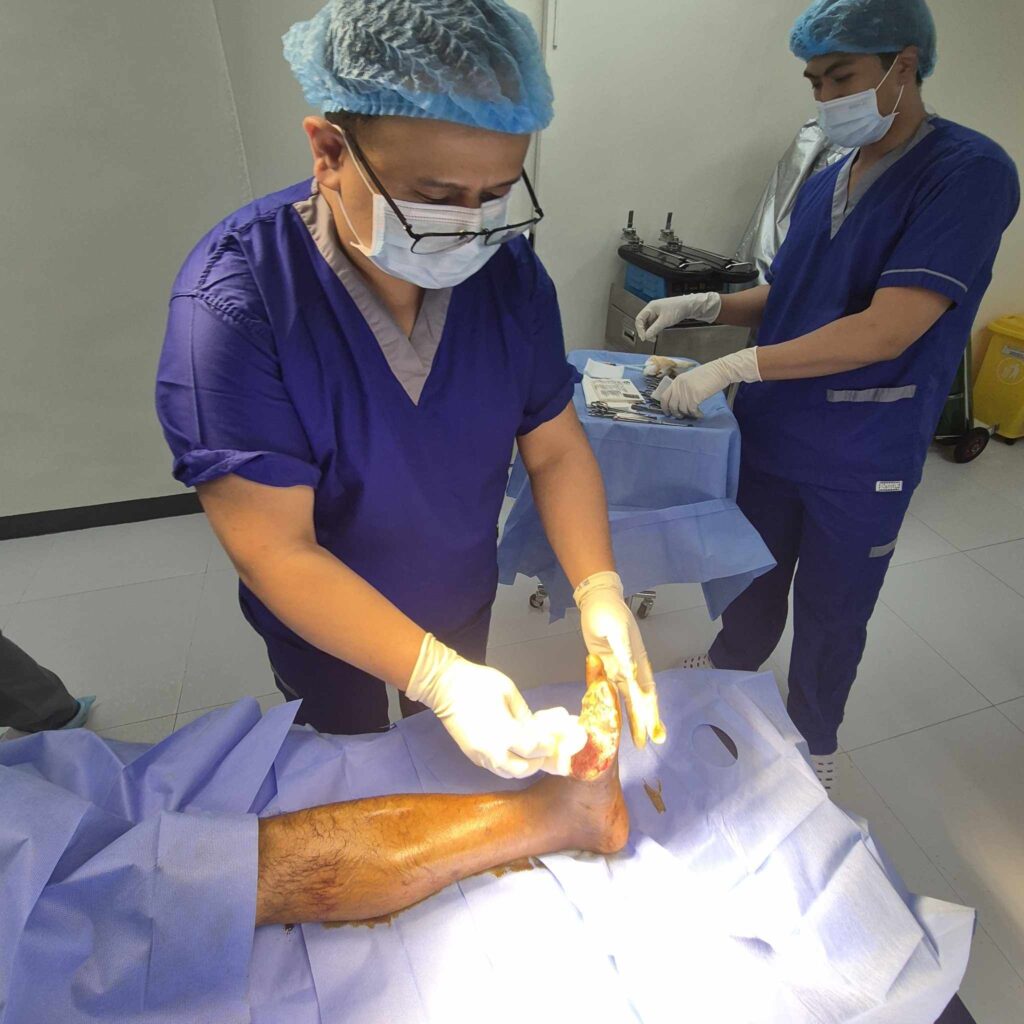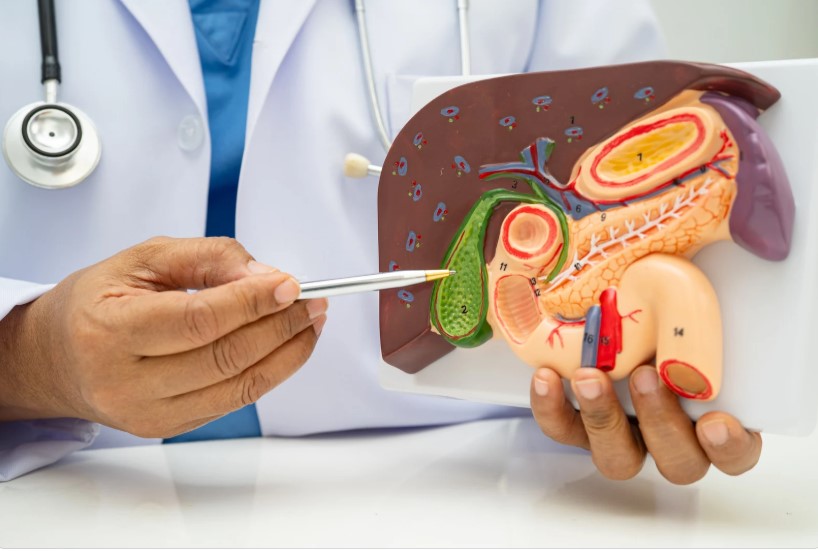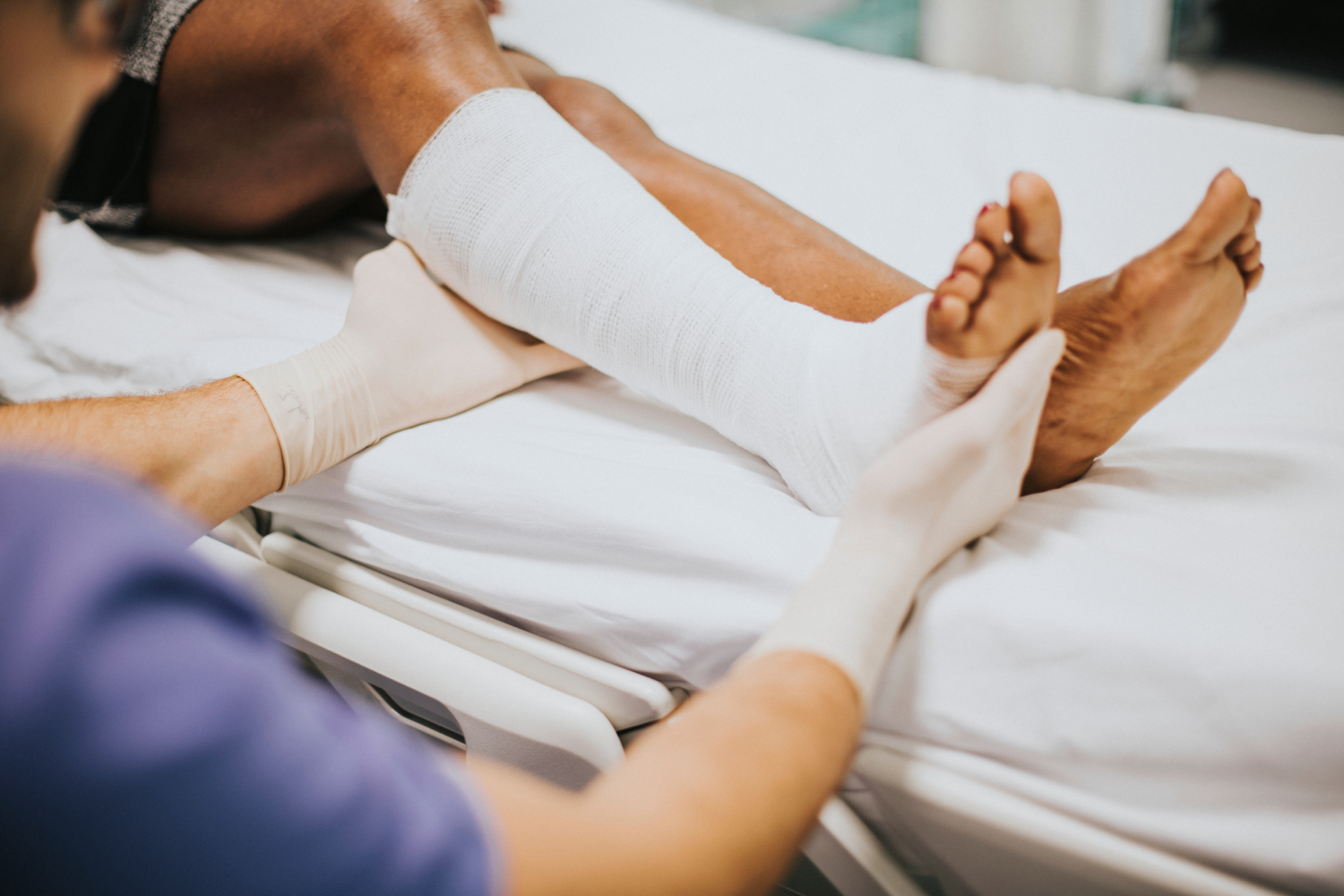Understanding the Role of a Wound Doctor
A wound doctor is a medical specialist who focuses on diagnosing and treating various types of wounds, especially those that are difficult to heal. These professionals play a crucial role in managing wounds that may result from surgery, accidents, chronic diseases, or infections. Their expertise spans acute wounds, such as cuts and burns, as well as chronic wounds like diabetic ulcers, pressure sores, and venous ulcers. Proper wound care can prevent infections, reduce pain, and improve overall healing outcomes. Unlike general practitioners, wound doctors have advanced training in wound biology, assessment, and management techniques. Their knowledge allows them to customize treatment plans that address both the wound itself and any underlying health issues affecting the healing process. By offering focused care, wound doctors help patients avoid complications that can lead to hospitalization or even limb amputation in severe cases.
Common Causes and Types of Wounds Needing Professional Care
Wounds that require the attention of a wound doctor often arise from a variety of sources. Acute wounds typically result from trauma such as cuts, abrasions, burns, or surgical incisions. Chronic wounds, on the other hand, may persist for weeks or months and commonly occur due to conditions that impair circulation or immune response. Diabetes, for example, can cause neuropathy and poor blood flow, making foot ulcers difficult to heal without specialized care. Pressure sores develop when prolonged pressure cuts off blood supply to the skin, often affecting patients with limited mobility. Venous ulcers, caused by vein valve failure, are another common wound type needing expert treatment. Identifying the specific wound type and its cause is critical for a wound doctor to recommend the most effective therapy. Without proper management, wounds can become infected or deteriorate, highlighting the importance of seeking professional care promptly.
Diagnostic Techniques Used by Wound Doctors
Assessing wounds accurately is essential to determining the best treatment strategy. Wound doctors begin with a detailed visual examination, noting size, depth, color, and the presence of drainage or necrotic tissue. Patient medical history is also reviewed to identify factors that may affect healing, such as diabetes or vascular disease. Advanced diagnostic tools enhance the assessment process; for instance, imaging techniques like ultrasound or X-rays help detect underlying bone infections or foreign bodies. Tissue biopsies may be performed to rule out malignancies or unusual infections. Wound cultures identify the presence of bacteria and their antibiotic sensitivities, guiding infection control measures. Recognizing signs of poor circulation or compromised immunity allows the wound doctor to treat not just the wound but also contributing systemic issues, significantly improving recovery chances.
Treatment Approaches in Wound Care
Treatment methods used by a wound doctor are comprehensive and tailored to each patient’s wound type and overall health. Initial wound care involves thorough cleaning and debridement—the removal of dead or infected tissue—to create a healthy environment for healing. The choice of wound dressings plays a vital role, with options including hydrocolloids, foams, alginates, and antimicrobial dressings designed to maintain moisture balance and protect against infection. Infections are managed with appropriate antibiotics, either topical or systemic, depending on severity. Pain management is integrated into care plans to improve patient comfort. Cutting-edge therapies such as negative pressure wound therapy (NPWT), which uses suction to promote tissue growth, and hyperbaric oxygen therapy, delivering oxygen-rich air to speed repair, are increasingly available. Growth factors and skin substitutes may also be applied to stimulate cell regeneration in challenging wounds. The wound doctor continuously monitors progress and adjusts treatments to ensure optimal healing.
How Wound Doctors Collaborate with Other Healthcare Professionals
Effective wound care often requires a multidisciplinary approach involving various healthcare experts working together. Wound doctors frequently coordinate with nurses who provide daily wound dressing changes and monitor healing progress. Vascular surgeons are consulted when poor circulation contributes to wound persistence, sometimes requiring surgical intervention to restore blood flow. Endocrinologists assist in managing diabetes or hormonal imbalances that hinder recovery. Physical therapists may help patients improve mobility, reducing pressure on vulnerable areas and promoting circulation. Nutritionists play a vital role, as proper diet and supplementation can accelerate tissue repair. This collaboration ensures patients receive holistic care addressing all factors influencing wound healing. Wound doctors also educate patients and caregivers about home care routines, signs of infection, and lifestyle adjustments to support sustained recovery.
Tips for Patients: When to Seek a Wound Doctor’s Help
Knowing when to consult a wound doctor can prevent complications and improve healing outcomes. Wounds that fail to show signs of improvement after two weeks, or those that worsen, should be evaluated by a specialist. Signs such as increasing redness, swelling, foul odor, or discharge can indicate infection requiring medical intervention. Patients with chronic illnesses like diabetes should be especially vigilant about any skin breaks or ulcers. Non-healing wounds, recurring sores, or wounds accompanied by fever and chills also call for urgent professional care. Early consultation can reduce the risk of severe infections, prolonged disability, or hospitalization. Following a wound doctor’s advice for self-care, including keeping wounds clean and dry, avoiding pressure on injured areas, and attending all follow-up appointments, is essential. Patients are encouraged to maintain open communication about any changes in symptoms or concerns.
Latest Innovations and Research in Wound Care
Wound care continues to evolve with technological advancements aimed at improving healing rates and patient comfort. Newer dressing materials incorporate antimicrobial agents and moisture control features that better mimic natural skin conditions. Negative pressure wound therapy devices are becoming more portable and user-friendly, allowing for treatment at home. Research into bioengineered skin substitutes offers promising results in regenerating damaged tissue more effectively. Hyperbaric oxygen therapy protocols are being refined for optimal use in different wound types. Studies on growth factors and stem cell applications aim to harness the body’s own repair mechanisms to speed recovery. Personalized medicine approaches, analyzing patient genetics and wound microenvironments, are under exploration to tailor treatments precisely. These innovations highlight how wound doctors integrate emerging science to deliver the best possible care.
Frequently Asked Questions (FAQ)
What qualifications does a wound doctor have?
Wound doctors typically have medical degrees followed by specialized training or certification in wound care management. This may include certifications from recognized wound care organizations and experience in related fields such as dermatology, surgery, or podiatry.
How long does wound healing usually take with specialized care?
Healing time depends on the wound type, size, and underlying health conditions. Some acute wounds heal within days to weeks, while chronic wounds may require months of treatment and monitoring by a wound doctor.
Can all wounds be treated by a wound doctor?
Most wounds, especially chronic or complicated ones, benefit from specialized care. However, minor wounds may not require a wound doctor unless they fail to heal or show signs of infection.
Is wound care covered by insurance?
Many insurance plans cover wound care treatments, especially when prescribed by a physician. Coverage varies based on the insurer and specific therapies used, so checking with the provider is recommended.
How can I prevent wounds from becoming chronic or infected?
Maintaining good hygiene, managing chronic conditions like diabetes, avoiding prolonged pressure on vulnerable skin areas, and seeking prompt treatment for any wound are key prevention strategies. Following the advice of a wound doctor or healthcare provider is crucial for ongoing care.







